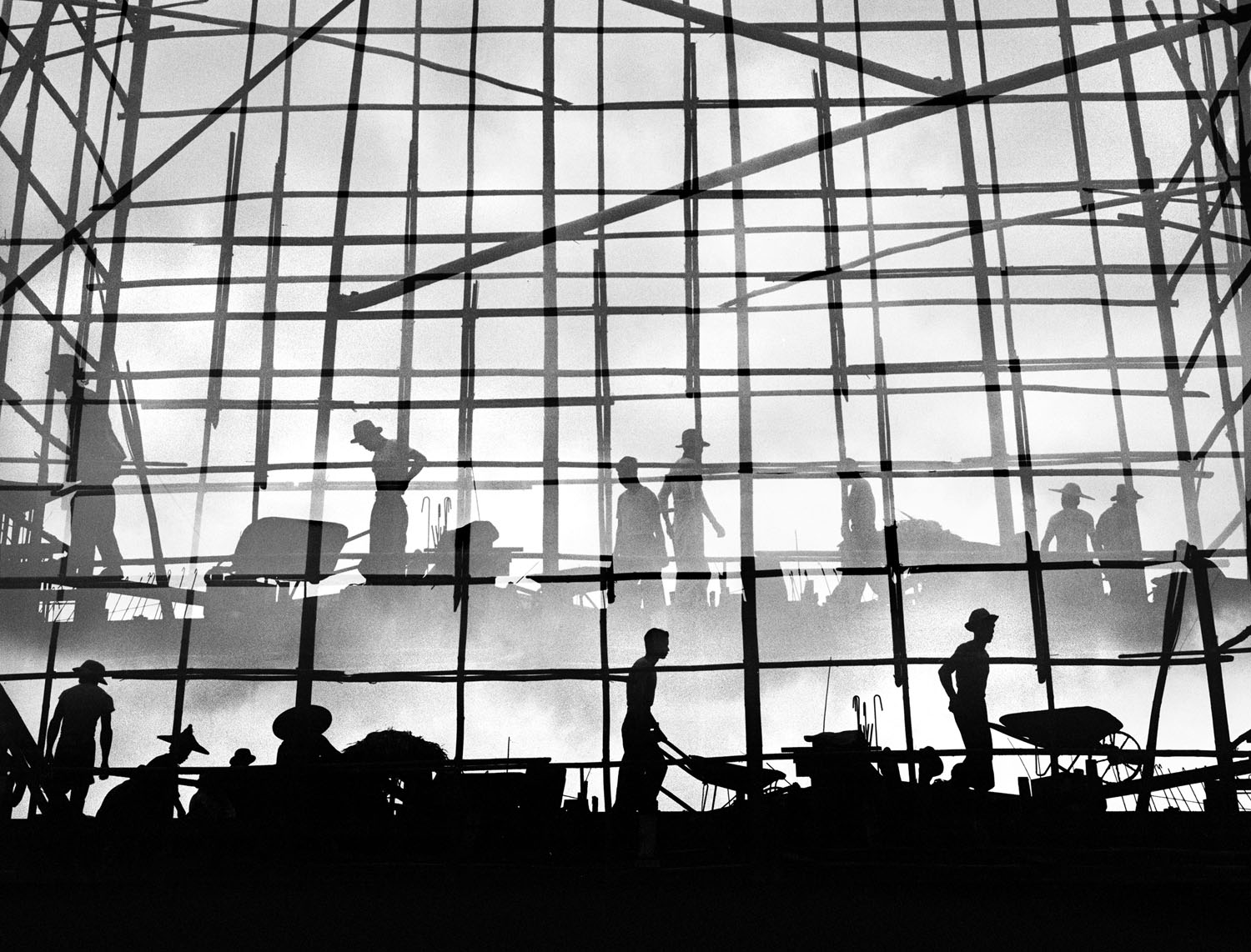
In the early 1950s, Fan Ho, a 21-year-old writer and film student, began photographing Hong Kong — a city known in the West as the Pearl of the Orient — in a time of dizzying transformation. Bored by his studies, Ho turned to his camera as a source of entertainment and relief, exploring Hong Kong’s streets and making images that, seen a full seven decades later, somehow manage to mask any overt, telling signs of the era in which they were created.
Entering his pictures in a local photography contest, Ho was astonished when he was awarded the grand prize — a windfall that encouraged him to continue further exploring photography (and later, filmmaking) as his life’s calling. At last count — some 60 years after winning the contest— Ho has now won more than 280 awards, produced 20 feature length films and published numerous books of original photography.
Hong Kong Yesterday, now in its third printing through Modernbook Editions, chronicles Ho’s rambling voyages through the streets of Hong Kong. Shot in an era long before photographers could simply glance at their LCD screens to verify their intent in making a photo had been realized, Ho’s process of deliberate observation, waiting (sometimes for an entire day), composing, then recomposing is downright exhausting just to contemplate.
The layered black and white photographs of Hong Kong Yesterday are the visual diary of a patient observer; a diary that, save for the lack of diesel-spewing motorbikes, cell phones and neon advertisements, truly feels like it might have been written — and photographed — yesterday.
But then, that’s largely the point: at a time when the Hong Kong’s heartbeat was quickening to a frenetic, “modern” pace, Ho’s patient and deliberate method of working allowed him to see through the bustle and distractions to the true timelessness of place.
Each of Ho’s photographs represents immense planning and thought — not just about what the scene should look like, but how it should feel on film.
“I am a director,” Ho told TIME, explaining that the people — strangers and friends — around him are his actors. Sometimes directing friends into position, at other times relying on passersby or the occasional stray alley cat to hit a specific spot, in a specific way, Ho would wait (and wait some more) for the exact moment when a street scene’s essence revealed itself.
His work isn’t journalism; it’s Zen.
Fan Ho lives in California. Now in its third printing, Hong Kong Yesterday is available through Modernbook Editions in San Francisco.
Vaughn Wallace is the producer of LightBox. Follow him on Twitter @vaughnwallace.
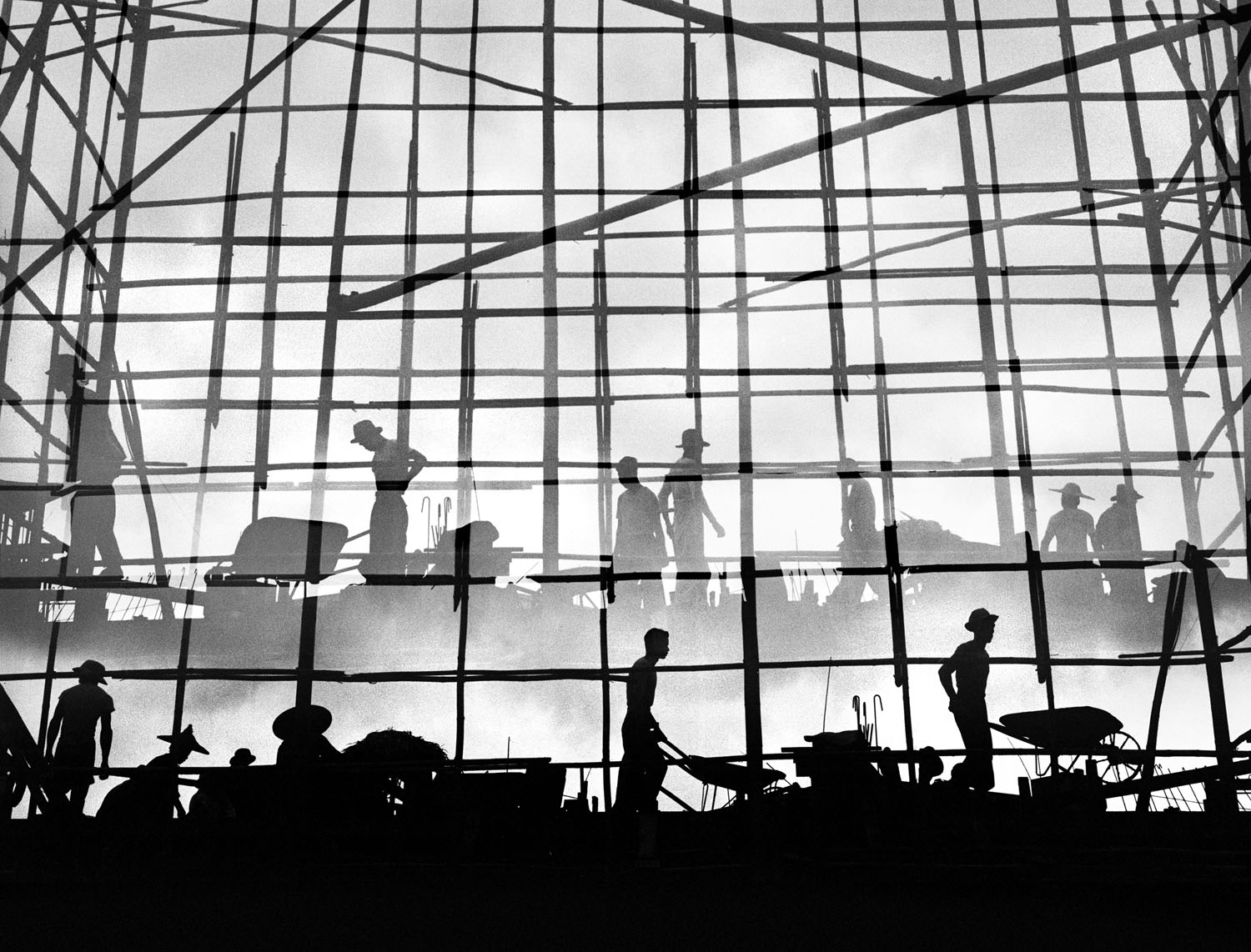
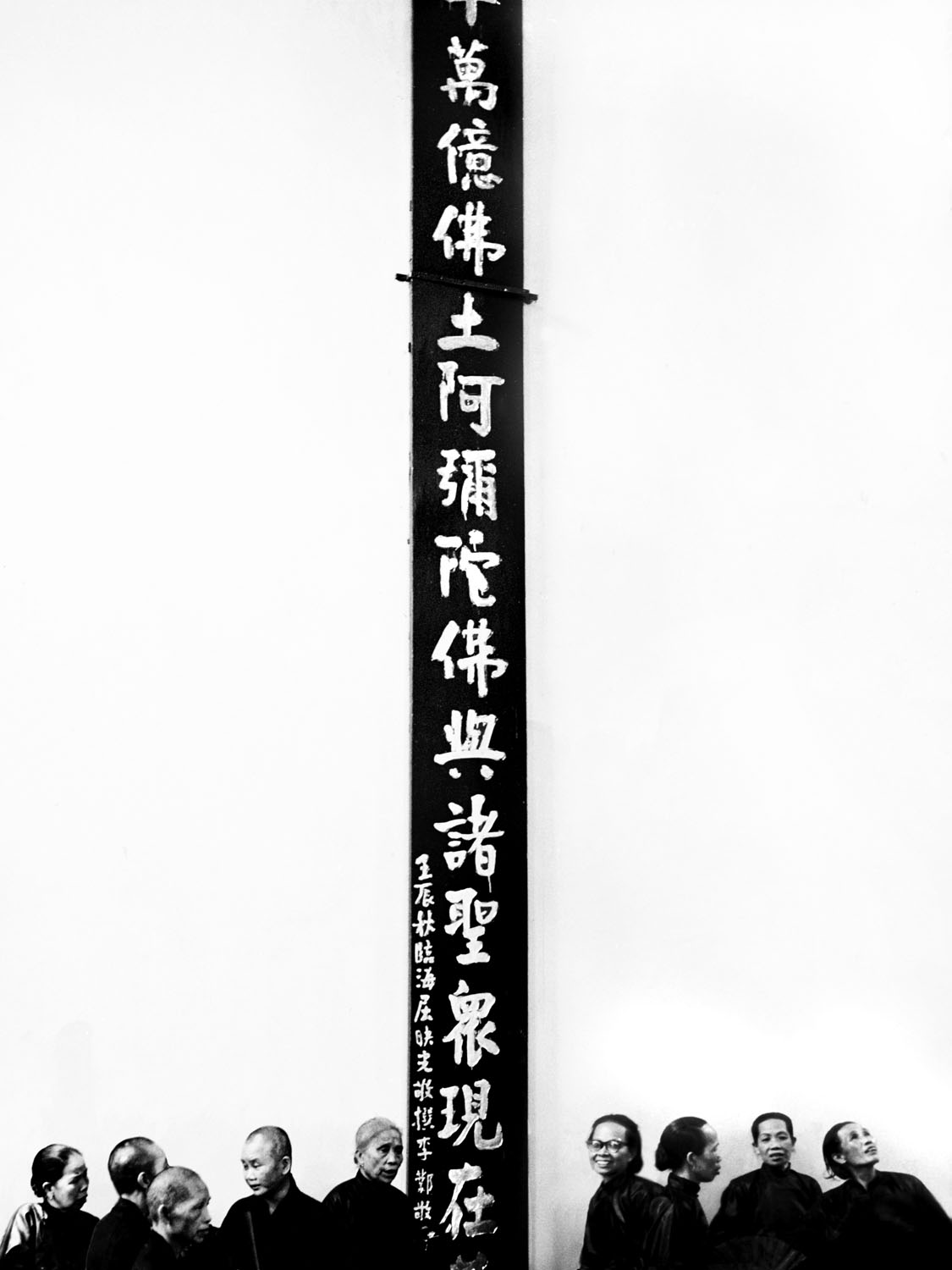
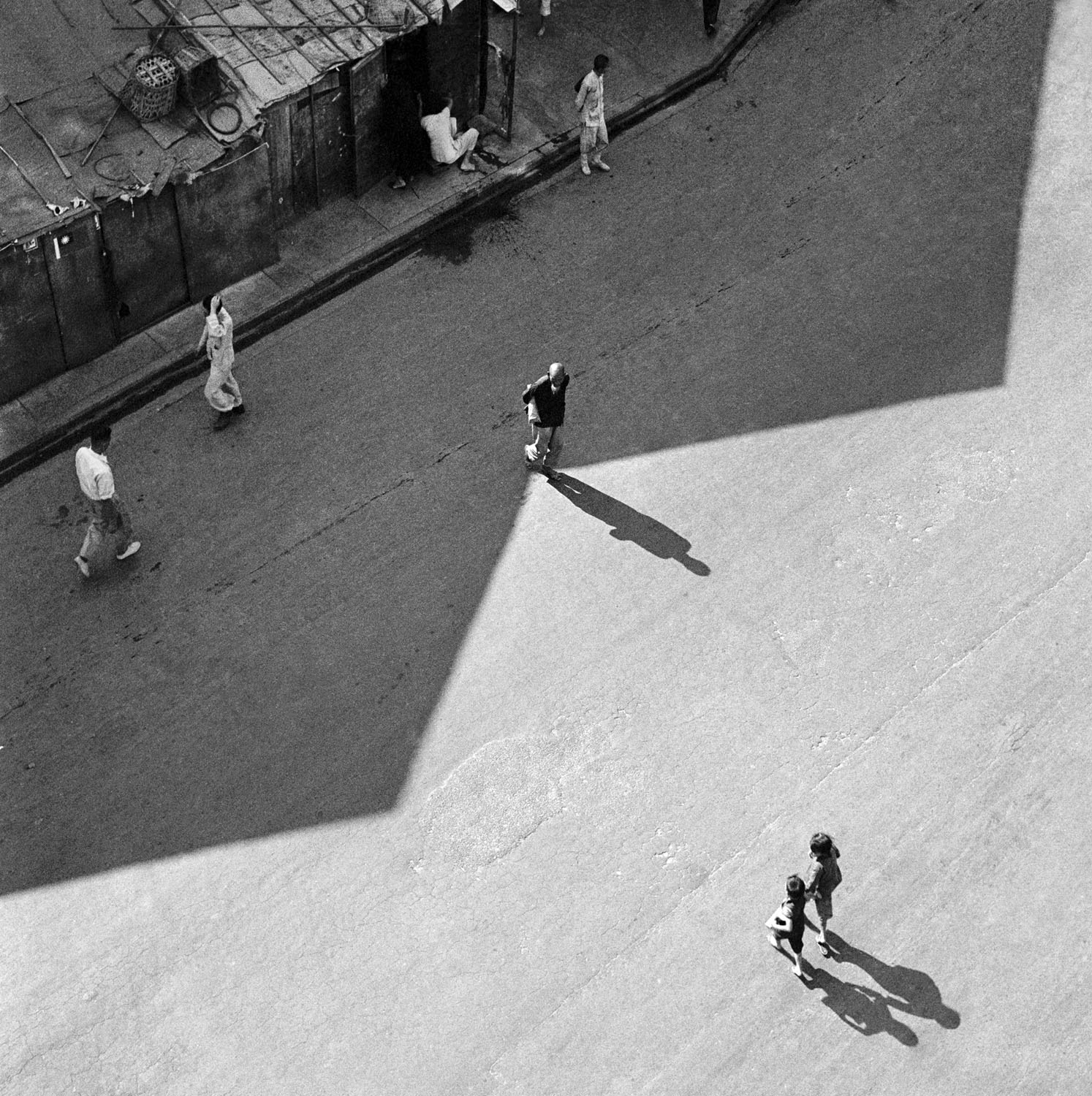
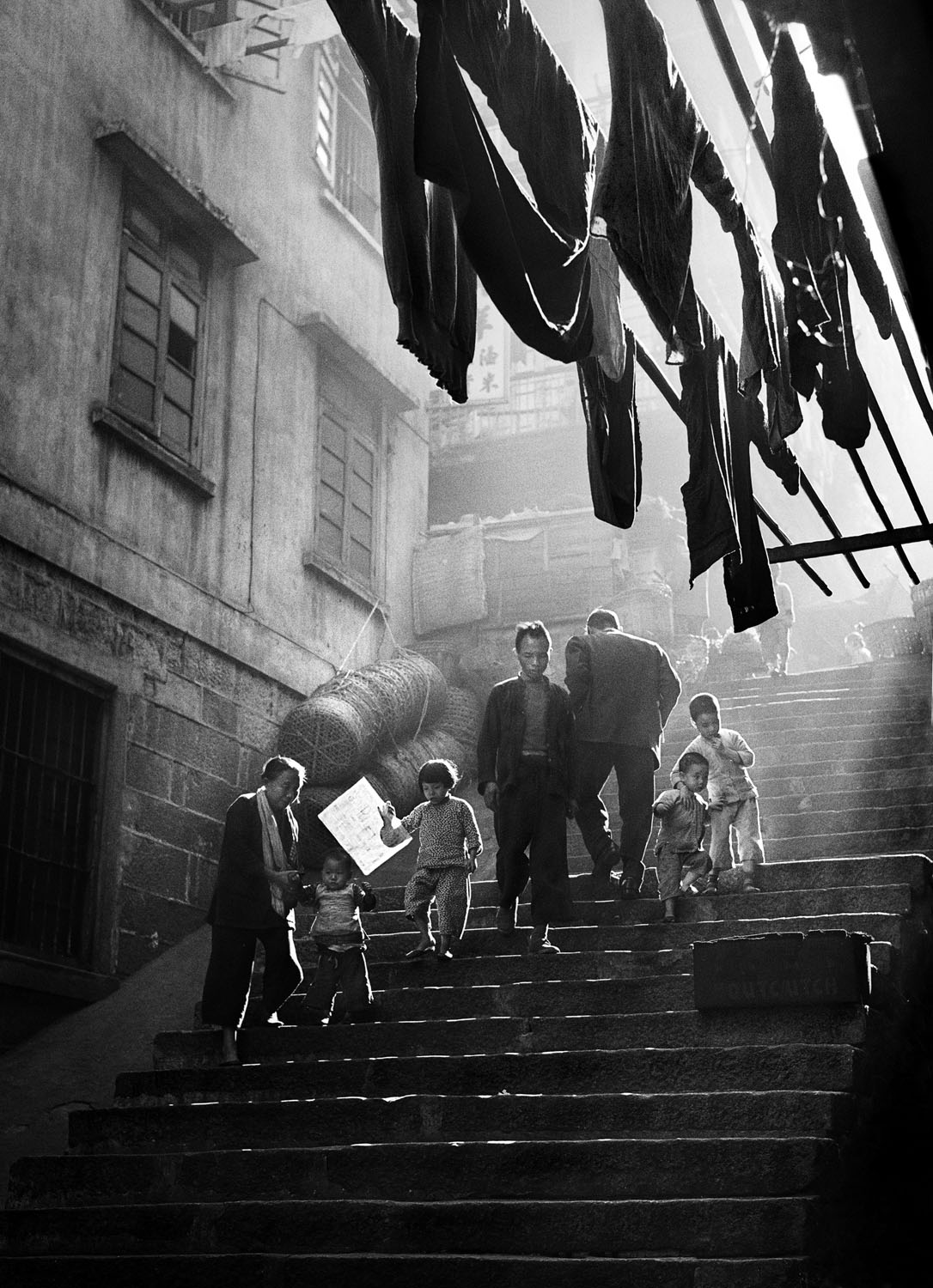



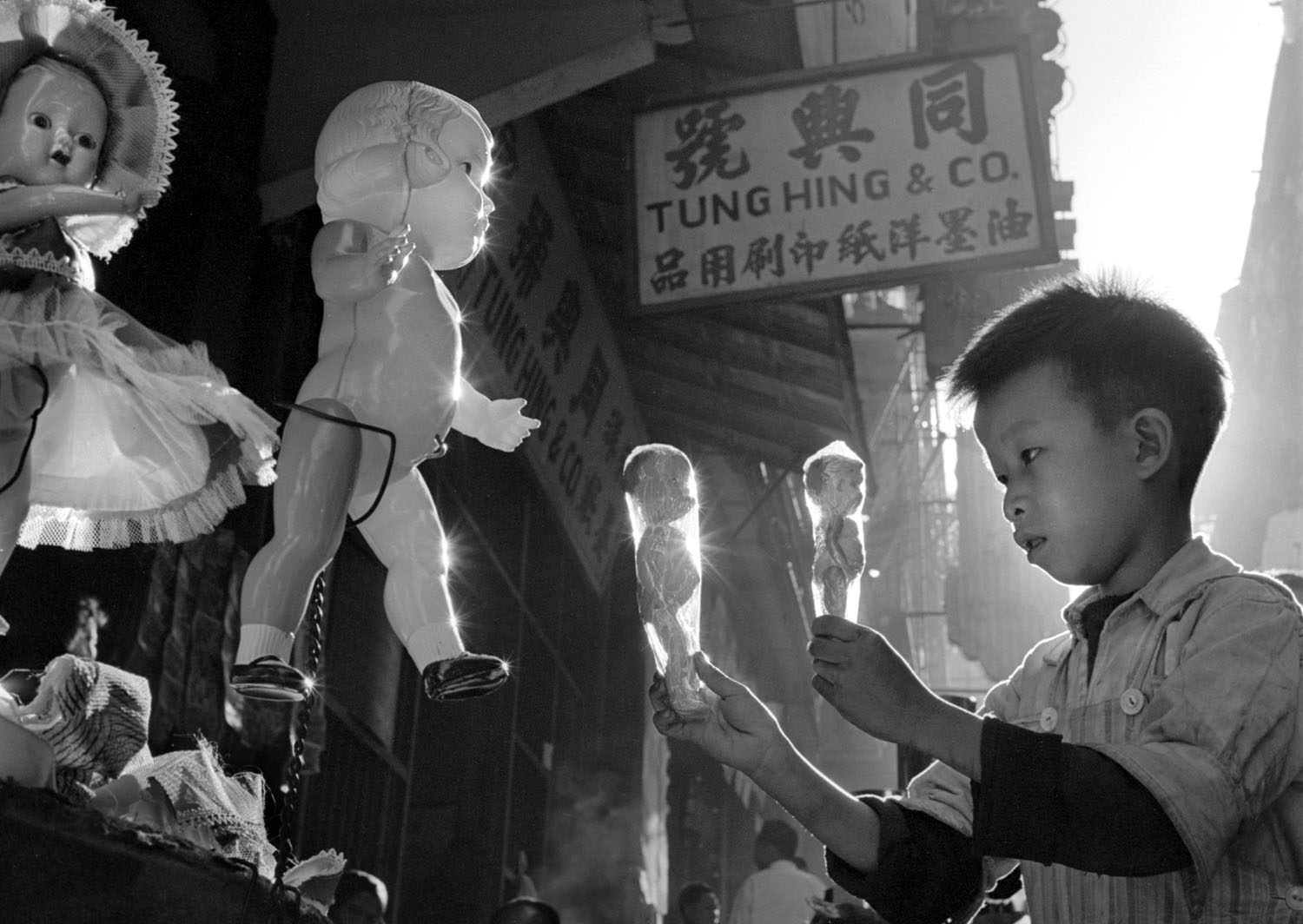
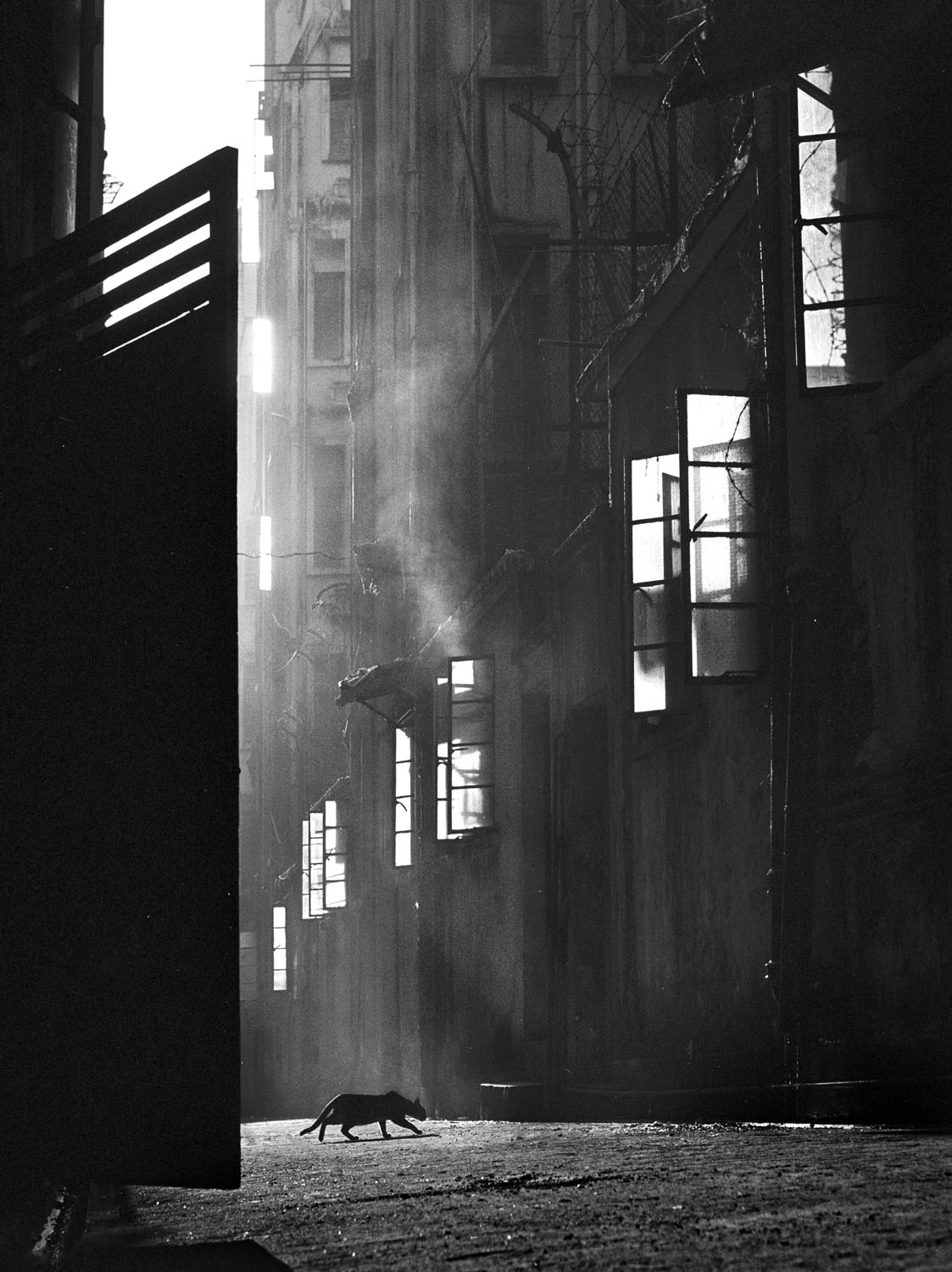


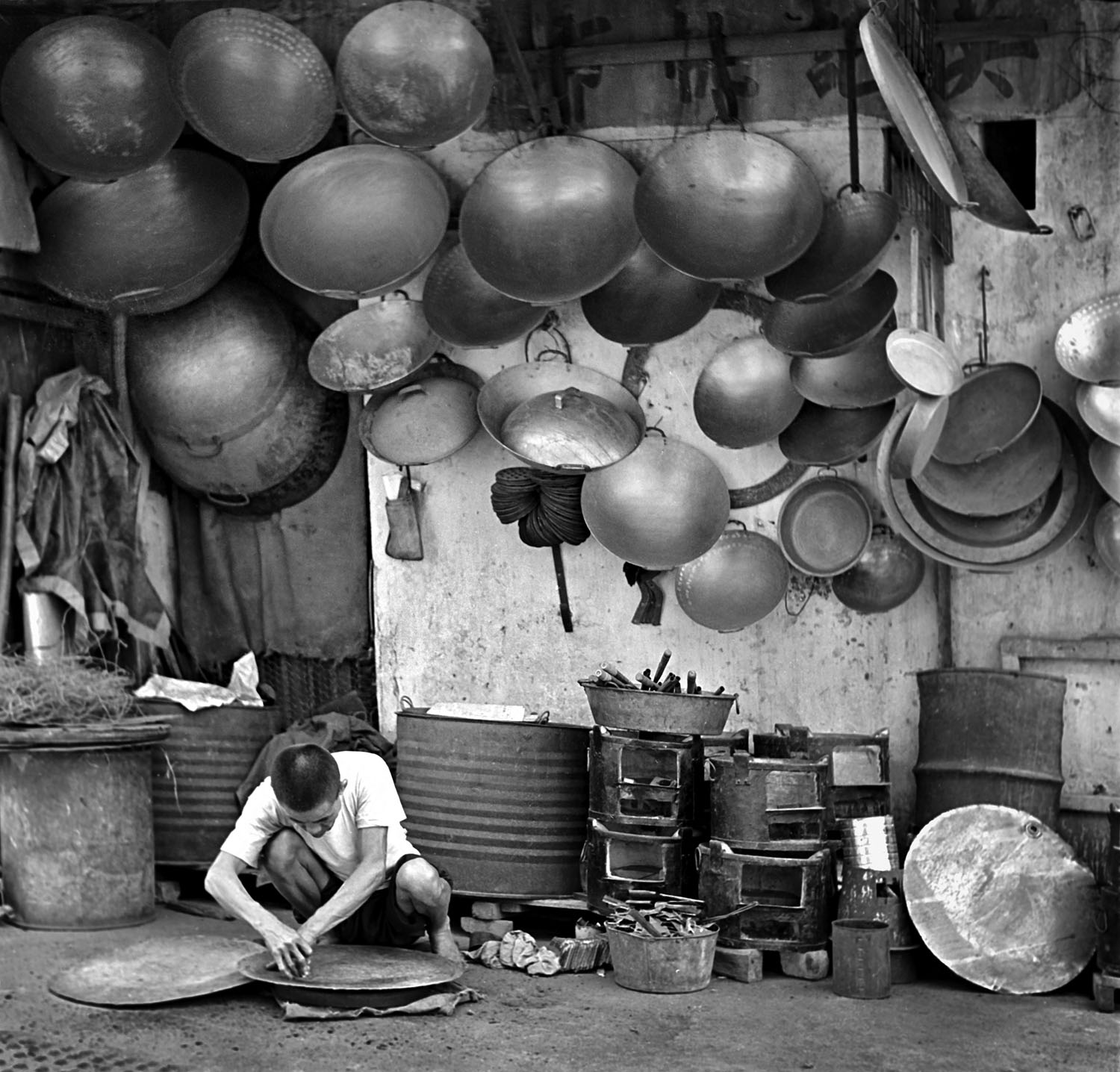


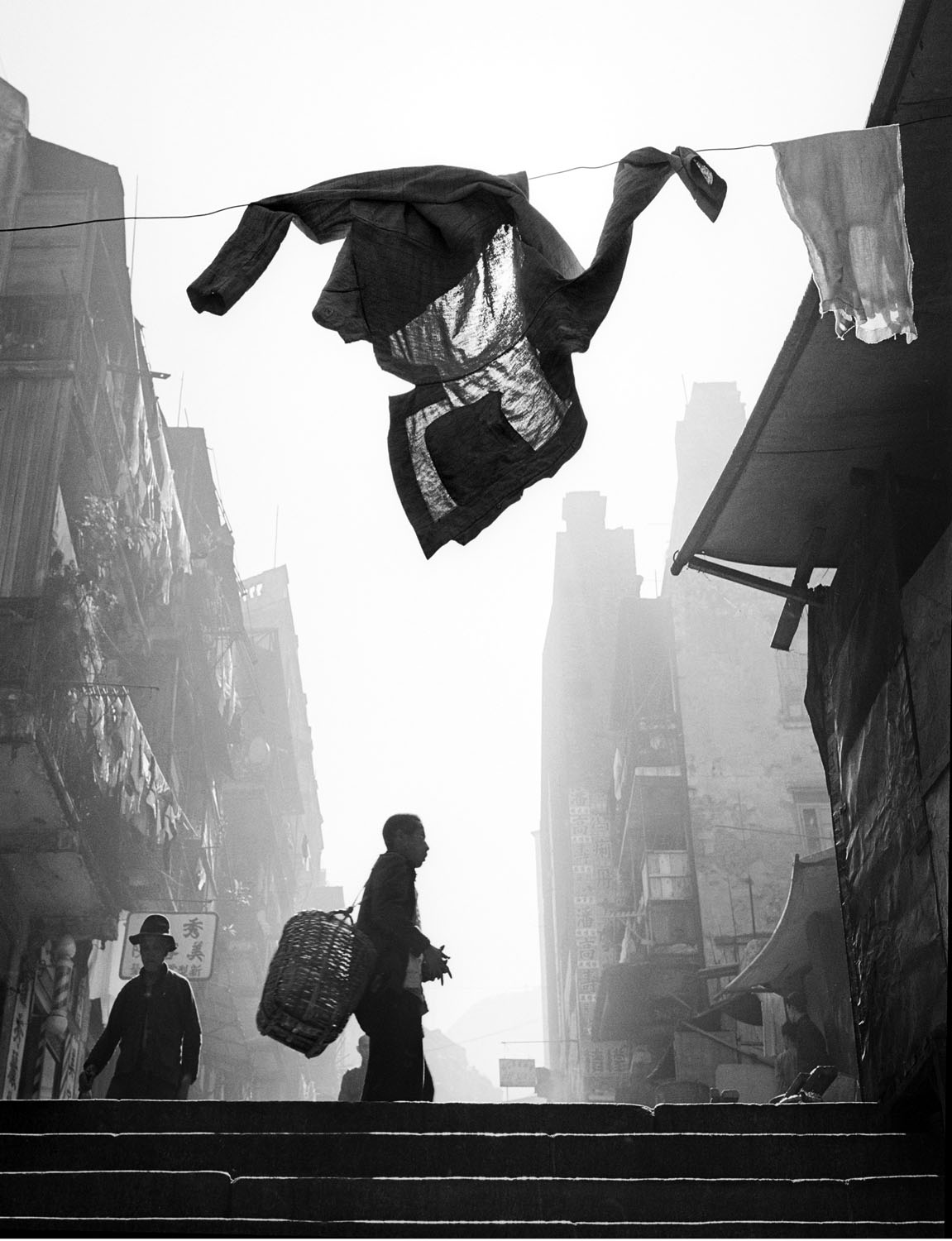
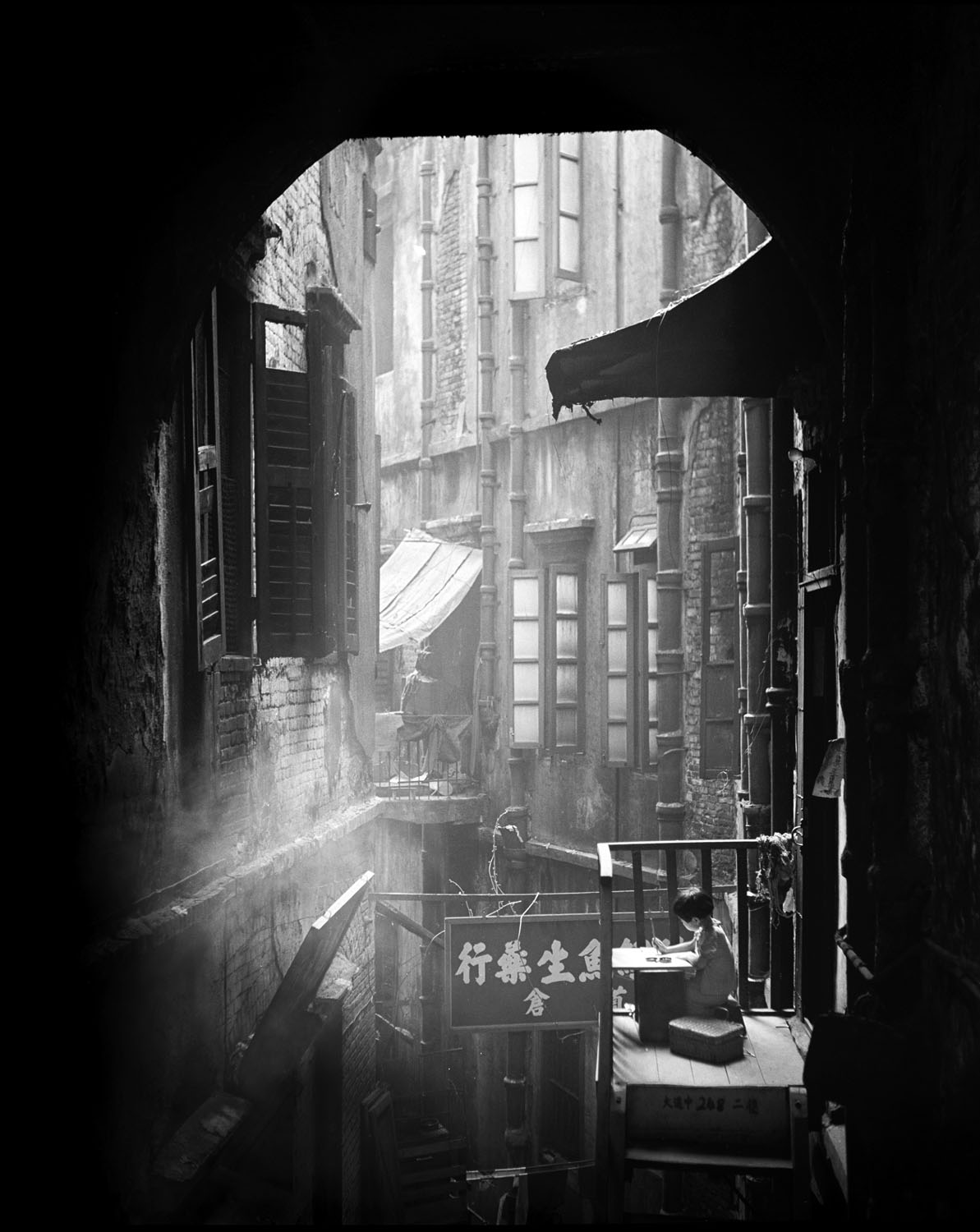

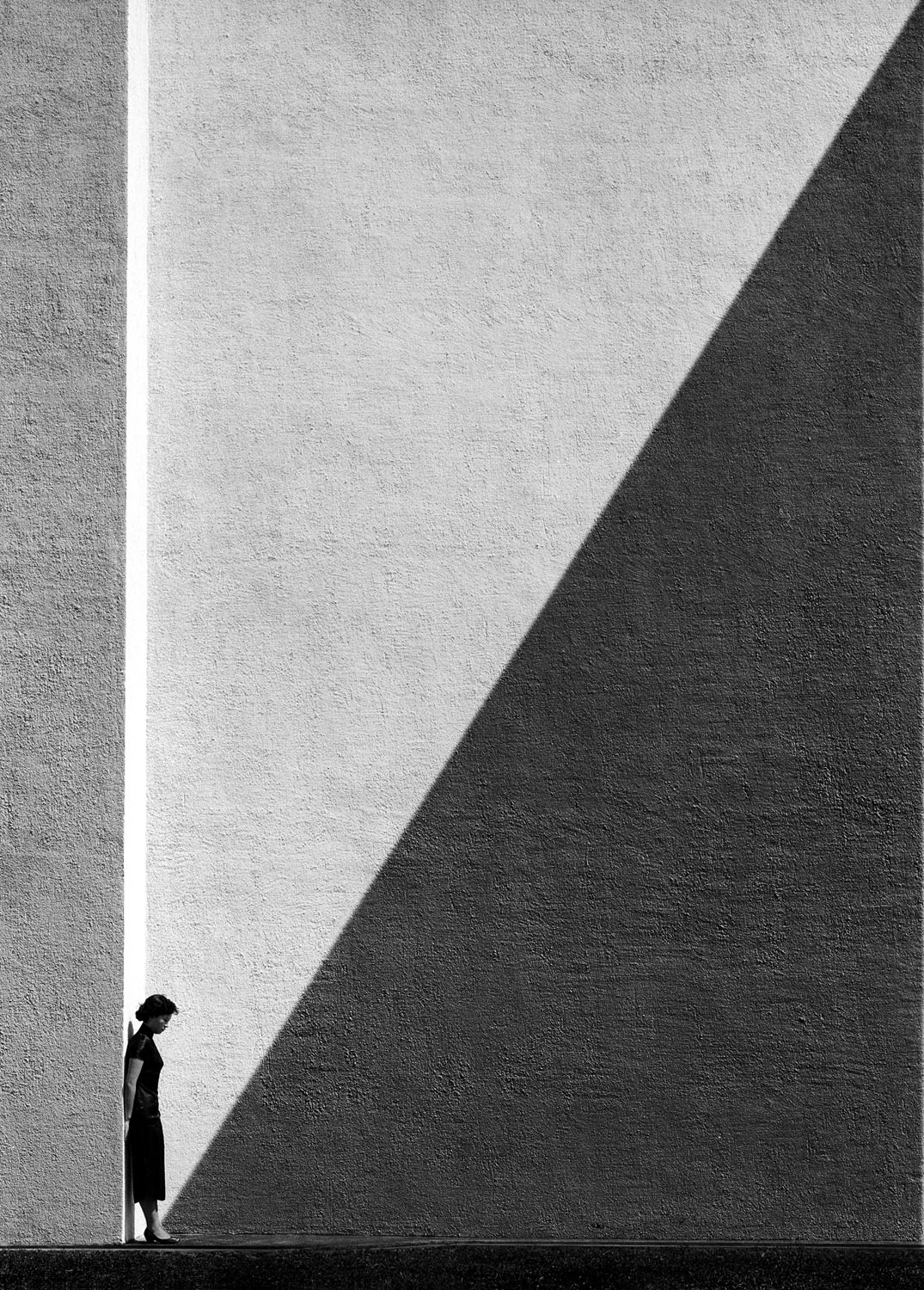
More Must-Reads from TIME
- Donald Trump Is TIME's 2024 Person of the Year
- Why We Chose Trump as Person of the Year
- Is Intermittent Fasting Good or Bad for You?
- The 100 Must-Read Books of 2024
- The 20 Best Christmas TV Episodes
- Column: If Optimism Feels Ridiculous Now, Try Hope
- The Future of Climate Action Is Trade Policy
- Merle Bombardieri Is Helping People Make the Baby Decision
Contact us at letters@time.com